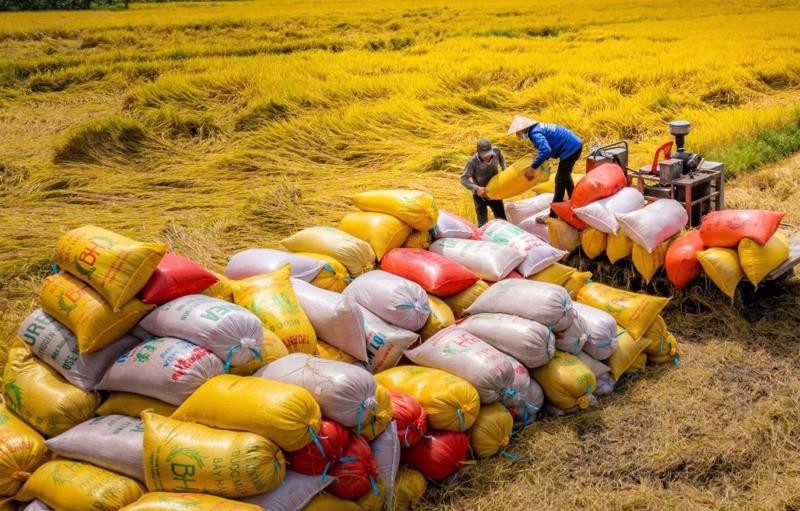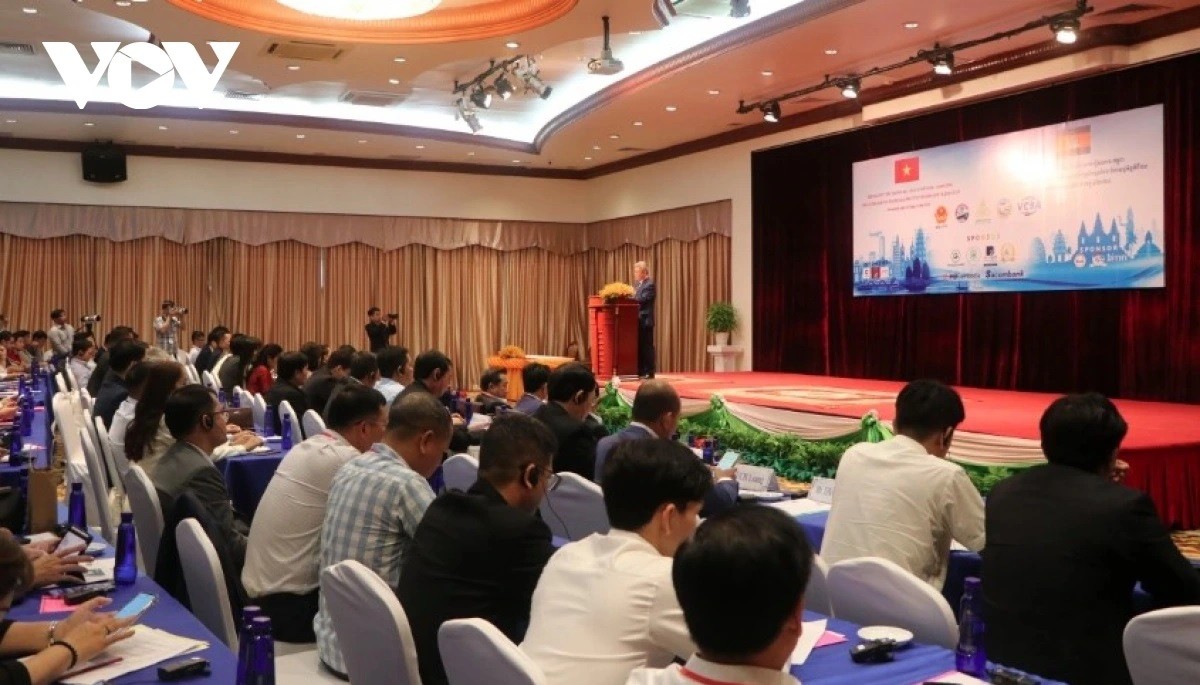Millions suffers as China blindly constructing dams on Mekong and Yangtze
As per the report titled – ‘The Mekong Forgotten Fishes’ by World Wildlife Fund, 19% of the 1,148 fish species are about to be extinct. Among these species, 74 species have been evaluated as at risk of extinction whereas, 18 have been already declared as ‘critically endangered’ by the International Union for Conversation of Nature.
Mekong is one of Asia’s longest rivers and is considered as the ‘lifeline’ of Southeast Asia. Covering 3050 miles, it nourishes the lands of China, Myanmar, Thailand, Laos, Cambodia, and Vietnam. It is estimated that around 80% of Cambodians and Loa people depends on the consumption of fishes coming from the mighty Mekong River. Similar is the case in lower Vietnam, where thousands of villages heavily relay on the consumption of aquatic animals from Mekong.
The Lower Mekong Basin contributed a massive US$ 11 billion business in terms of fisheries in 2015. Small Southeastern countries like Cambodia and Laos gathered US$ 2.8 billion and US$ 1.3 billion respectively in 2015 alone from fisheries, while Thailand’s profit reached to US$ 6.4 billion in the same year. The fisheries are so much important to these countries that it can be understood from the fact that fisheries alone contributes to 18 percent of total GDP of Cambodia and 13 percent of Lao People’s Democratic Republic. As per a report by World Bank, 40 million people are directly or indirectly involved in fisheries from Mekong River.
However, increase in number of dams has affected the flow and migration of fishes and other aquatic animals in last five years. Dams not only hinder the migration of fishes but it also affects the quality of water. Many of the species needs running water to survive and reproduce, while several species simply can’t grow in the still water. Secondly, upriver dam construction hinders the flow of sediment, minerals and nutrients essential for agriculture. In the absence of these vital nutrients, productions of various crops get affected.
As per a report published in Bangkok Post in 2019, continuous construction of dams on Mekong River is badly impacting the aquatic life of the basin. It is assumed that 80% of fishes would be depleted by the year 2040, with Thailand being the most effected, followed by Laos, Cambodia and Vietnam, where fish stocks would reduce by 55%, 50%, 35% and 30% respectively. Shortage in fisheries would have a devastating effect on the small-scale fisheries industries of these nations and would eventually create unemployment like situation for millions of peoples across the MRB region.
Apart from the economic point of view, Mekong fisheries have been staple food or the only source of food in many cases for more than half of the population of the Lower Mekong Basin. The report highlights that approx 50 percent people in Lower Mekong Basin area of Laos and Thailand, 60 percent in Vietnam and 80 percent in Cambodia relay on the aquatic life of Mekong River. Lives of the people in this basin heavily depend on the migration of fishes, which has been awfully affected by the unremitting dam constructions. Agricultural infrastructures in these countries are negligible and would never be able to replace the fishery as a healthy and cheap source of food for the masses.
Another issue is of frequent increase in draught like situation along the MRB. Due to rise in dams along the Mekong River in China, 2019 saw one of the most horrible draughts in the lower Mekong River Basin area. Thousands of people suffered and acres of farming got affected. With increase in number of dams, water shortage would become a common phenomenon in the region and sooner or later the MRB region would see a massive exodus that has ever occurred in the history of Southeastern nations. Similar situation occurred in 2012, when Nuozhadu dam went operational. This massive dam affected the flow of Mekong River creating a massive uproar in the surrounding areas.
Same is the case with Yangtze River, where China is blindly constructing hydro-power plants. Recently a huge demonstration took place in China’s Sichuan Province over the construction of another dam. Protests began on 14 February over the issue of construction of a dam in the Dege County. Some 2000 residents of the Tibetan County of Dege, in the Garzê Tibetan Autonomous Prefecture and Chamdo Prefecture had been asked to vacate the place, as it is estimated that at least three villages each in these two counties and six monasteries of the area would be submerged by water owing to the construction of the hydroelectric power plant. On Feb 23, Sichuan police arrested more than thousand of peaceful protesters, including hundreds of monks from local monasteries.
Finally, another effect would be on the cultural aspect of human civilization. Among the earlier discussed six monasteries, some of them were constructed in the 13th century. Many fears that if the construction of the dam is not stopped today, it would become a common practice as a communist country like China do not care much for the protection of cultural or religious heritage.
11. The proposed 2,240-megawatt Kamtok hydroelectric power plant is part of China’s visionary plan to build a dozen of hydroelectric power plants over the Mekong, Salween and Yangtze rivers. The construction of these dams not only threatens the settlements and cultural heritage of the Tibetans but its major impact is on the ecological set-up of the Tibetan Plateau.
As per the data published by Mekong Region Futures Institute (MERFI) in 2021, an Australian funded NGO, some 67 small or big dams across the MRB have been either being constructed or planned or commissioned. 27 unknown entries of dams have also been registered as their constructions have been visible from Google Earth.
Once completed or operational, these 94 dams would be proven disastrous for the lives of the common people along the MRB region. Food shortage is already been considered as the biggest concern in the third world countries and if this man-made disasters by a permanent UN member continues, a worse food crisis would become inevitable in the region. Millions of people would either migrate or would suffer such a worst fate that humankind has never even thought of.
Recommended
 Economy
Economy
UKVFTA Opens up New Opportunities for Vietnamese Coffee Exports
 Economy
Economy
Fostering Digital Economic Growth and Technological Innovation in Vietnam
 Economy
Economy
Ho Chi Minh City Hosts Forum to Boost Vietnam-Laos Economic Cooperation
 Economy
Economy
Vietnamese Farm Produce Makes Strong Inroads into Malaysian Markets
 Economy
Economy
Forum Discusses Way to Expand Vietnam-Cambodia Cooperation in Digital Economy
 Economy
Economy
Vietnam Achieves Highest Export Growth to Singapore in 11 Months
 Economy
Economy
Vietnam Ascends to World’s Second Largest Garment Exporter
 Economy
Economy
